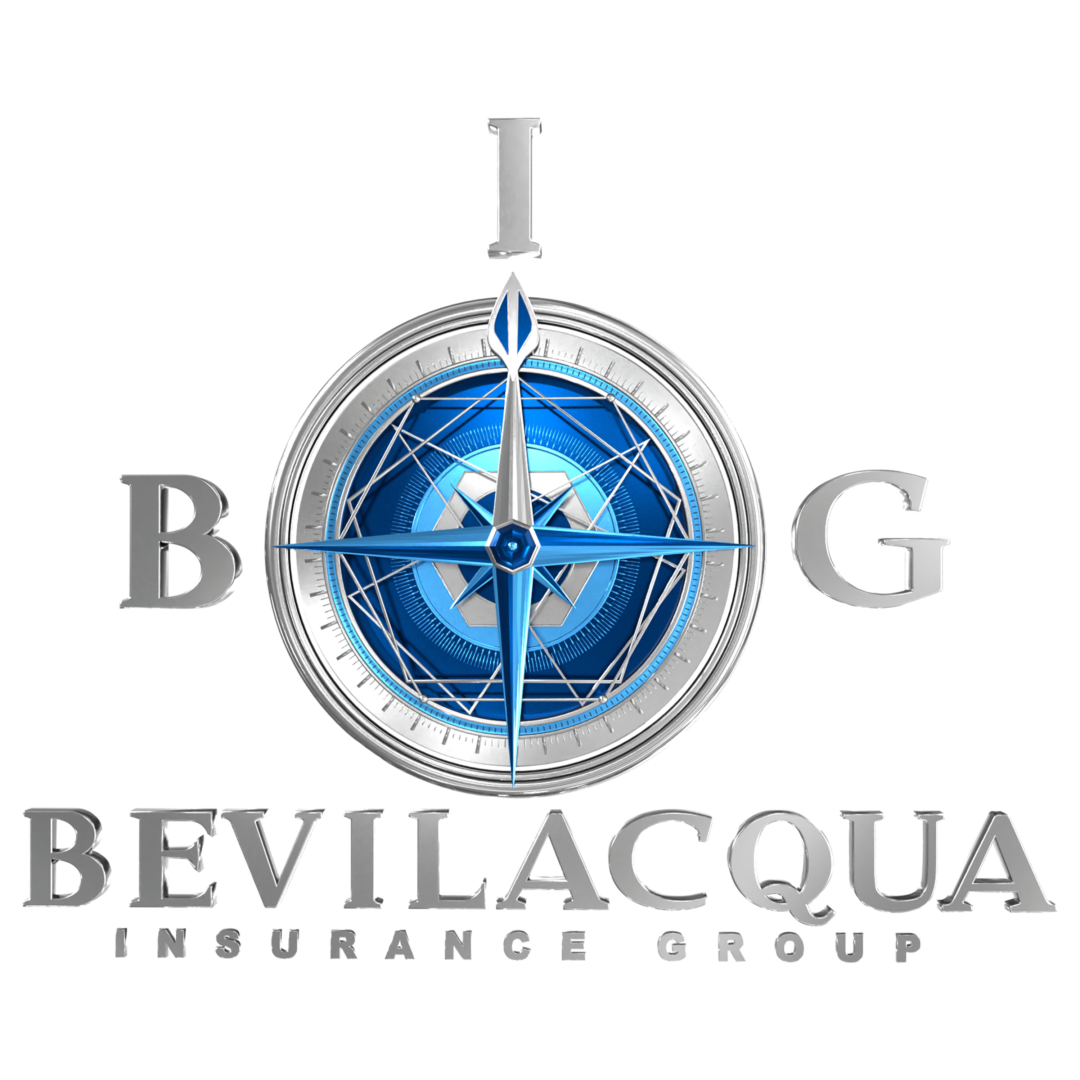Risk Management Strategies For Architects

Risk management is a process that identifies, assesses and manages risks. It’s important for architects to understand this process because they are involved in projects, especially projects that are high-risk or have a large amount of money invested in them. Risks can come in many forms: natural disasters like hurricanes or earthquakes; man made disasters such as fires or explosions, human error, and financial concerns. There are two types of risks: internal and external. Internal risks include things like poor communication between team members that leads to mistakes being made during construction; while external factors might include faulty materials being purchased from suppliers who don’t follow correct regulations.
Risk Identification
Risk identification is the first step in risk management. It’s important to identify all of the risks that could impact your project, as well as their likelihood and severity.
Common sources of risk include:
External factors (e.g., natural disasters)
Internal factors (e.g., employee turnover)
Risk Analysis
Risk analysis is an important part of the design process, and it’s something that you should do at every stage of your projects. It helps you identify potential problems and find solutions to them before they can form into real issues.
Risk analysis can be done in many different ways:
Qualitative risk analysis involves looking at each possible threat individually, then ranking them based on how likely they are to occur and their impact if they do occur. This method is useful for identifying threats that may not be obvious when looking at all risks together.
Quantitative risk analysis uses statistics and probability theory to calculate the likelihood of each threat happening based on historical data from similar situations or other factors such as weather patterns or building codes. This type of analysis often requires specialized software programs like spreadsheets or statistical modeling programs.
Risk Mitigation Strategies
Risk mitigation is a critical part of the project lifecycle. It’s not enough to simply identify risks; you need to take action on them. In addition to identifying and prioritizing risks, it’s important that you implement strategies for handling those risks. There are a few different mitigation strategies:
- Reducing exposure
- Transferring risk
- Avoiding or minimizing impact
Risk Monitoring and Control
Risk monitoring and control is an essential part of risk management. It involves the ongoing analysis of risks to determine whether they are being managed appropriately and effectively, as well as identifying new risks that may have emerged.
Risk monitoring can be performed manually or automatically using software tools. Some manual methods include:
- Conducting regular meetings with stakeholders to discuss their concerns about project performance and identify any potential issues
- Reviewing project documents such as scope statements, requirements specifications and change requests
- Performing audits on deliverables from different stages of a project
Risk Culture
Risk culture is the set of attitudes, beliefs and behaviors that determine how your organization approaches risk. It’s important to have a strong and healthy risk culture because it helps you make better decisions about where to invest time, money and resources.
Risk Management Software
Risk management software is a great way to get started with risk management. It’s important to remember that the software is only as good as the person using it and that there are many different types of tools available, such as web-based applications.
Risk management is an essential detail in protecting yourself, as well as your organization. Check with your Professional Liability insurance policy Agent or Broker to see if your insurance carrier provides risk management tools, training or guidance. Typically, when these are offered, there is no cost to you as the insured because the carriers know Risk Management reduces the potential for incidents that could trigger a claim.
You can always call our office at 1-877-PLIG-123 should you have any questions.

